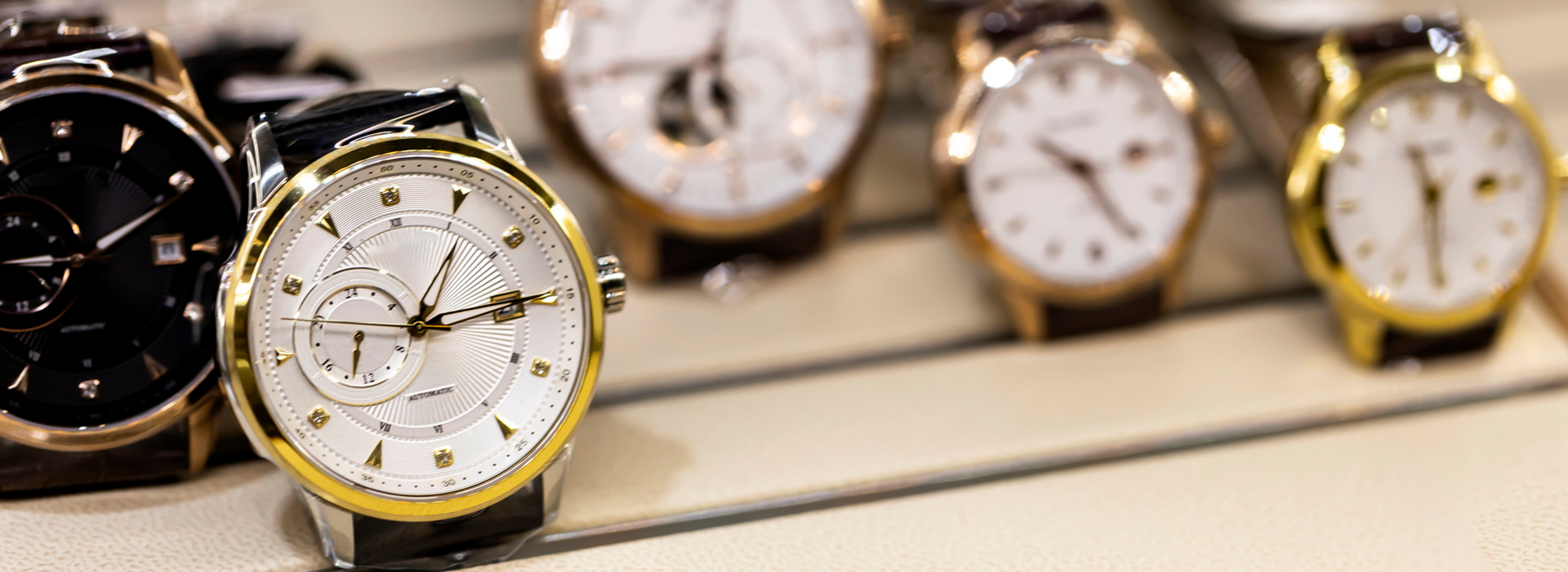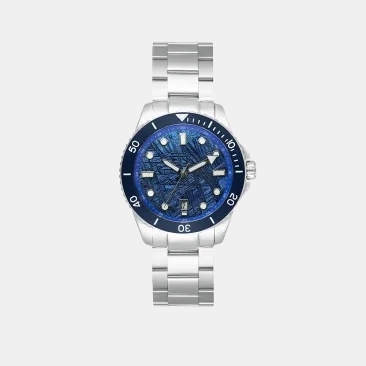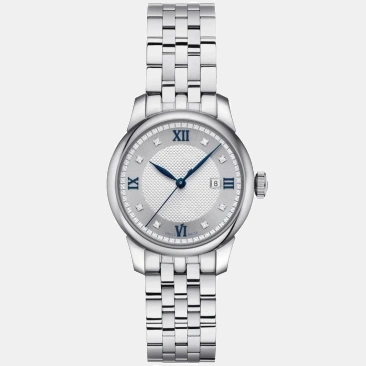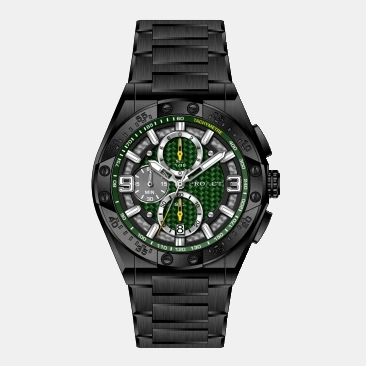Watch craftsmanship, from design to manufacturing
Time:
2024-01-10 10:31
Source:
Watches have always been one of the precious items loved by people, and watch craftsmanship has also been an important part of making watches. With the passage of time, the manufacturing process of watches has undergone a long and continuous development and transformation, each of which is aimed at better meeting people's needs for watches and bringing them a better user experience.
Watch craftsmanship, from design to manufacturing, every detail is worth savoring
Watches have always been one of the precious items loved by people, and watch craftsmanship has also been an important part of making watches. With the passage of time, the manufacturing process of watches has undergone a long and continuous development and transformation, each of which is aimed at better meeting people's needs for watches and bringing them a better user experience.
The handling of details in watch design is one of the important steps in making a watch. The design of a watch is not only about its aesthetic appearance, but also includes the design of its usage functions, such as the color of the dial, the size of the dial, and the material of the strap. These designs require careful consideration and processing to ensure the aesthetics and practicality of the watch.
The gemstone inlay process in watch manufacturing is a very important process. Gemstone inlay can enhance the aesthetics of a watch and also protect the movement of the watch. The gemstone inlay on a watch requires precise calculation and careful processing to ensure the stability and aesthetics of the gemstone.
Watch craftsmanship, from design to manufacturing, every detail is worth savoring
The metal process in watch manufacturing is also one of the important links in the production of watches. The treatment of metal technology can make the appearance of a watch more beautiful, while also increasing the durability of the watch. The treatment of metal craftsmanship requires fine polishing and polishing to ensure the surface smoothness and texture of the watch.
The manufacturing process and development trend of watch movements are crucial in watch manufacturing. The movement is the core component of a watch, which directly affects the accuracy and service life of the watch. With the continuous progress of technology, the manufacturing process of watch movements is also constantly developing, such as using new materials and manufacturing processes, to improve the accuracy and service life of the watch.
Overall, every detail of watch craftsmanship from design to manufacturing is worth savoring. Only through continuous improvement in manufacturing processes can we create more perfect watches and provide people with a better user experience.
About Proact Watch
LATEST NEWS & BLOGS
MOBILE/WHATSAPP:
E-MAIL:
ADDRESS:
-
Second Floor, Building C, Huawan Industrial Park, No. 4159 Baoan Avenue, Xixiang, Shenzhen, Guangdong, China
Copyright © 2023 Shenzhen Proact Watch Co., Ltd.
-
Powered by www.300.cn
Cookie
Our website uses cookies and similar technologies to personalize the advertising shown to you and to help you get the best experience on our website. For more information, see our Privacy & Cookie Policy
Cookie
Our website uses cookies and similar technologies to personalize the advertising shown to you and to help you get the best experience on our website. For more information, see our Privacy & Cookie Policy
These cookies are necessary for basic functions such as payment. Standard cookies cannot be turned off and do not store any of your information.
These cookies collect information, such as how many people are using our site or which pages are popular, to help us improve the customer experience. Turning these cookies off will mean we can't collect information to improve your experience.
These cookies enable the website to provide enhanced functionality and personalization. They may be set by us or by third-party providers whose services we have added to our pages. If you do not allow these cookies, some or all of these services may not function properly.
These cookies help us understand what you are interested in so that we can show you relevant advertising on other websites. Turning these cookies off will mean we are unable to show you any personalized advertising.








